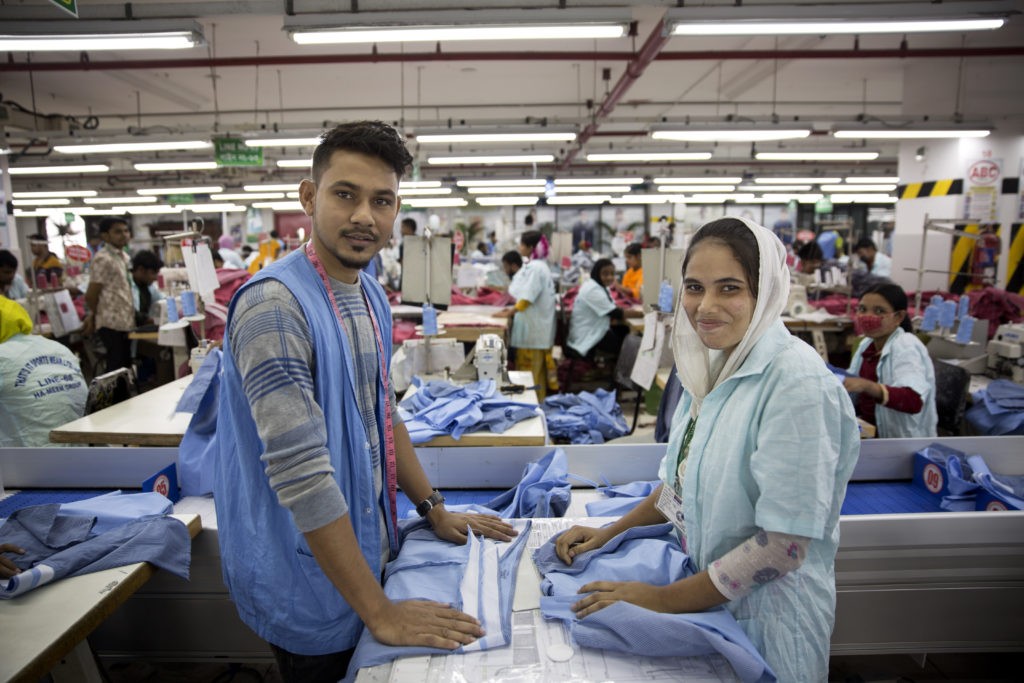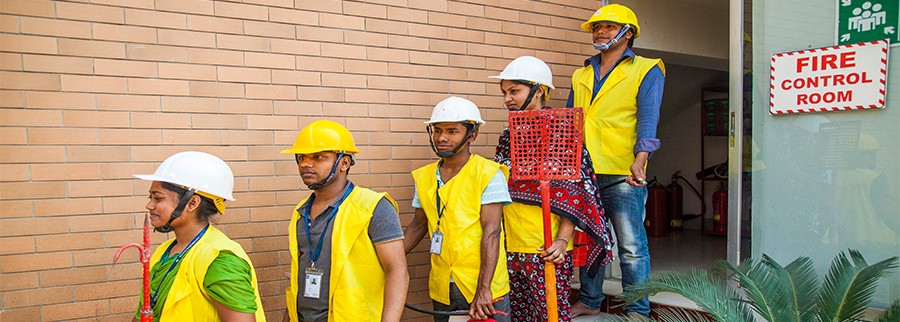The Bangladesh Ready-Made Garment industry has become over the space of a couple of brief a long time to turn into the second biggest on the planet. The RMG part has turned into a key driver of the Bangladesh economy and the country’s advancement. RMG traders earned totaled US$24.5 billion (2013-14) representing over 80% of the country’s fare profit and utilizing around 4 million laborers, an expected 55-60% of whom are ladies.

The loss of 1,136 lives when Rana Plaza crumbled on 24 April 2013 sent shockwaves around the world. Coming only months after the lethal flame at Tazreen Fashions in which 112 lost everyone understood the Bangladesh Ready Made Garment (RMG) area had achieved an essential crossroads. Business couldn’t proceed not surprisingly. Major changes identifying with security, evaluation and consistence must be made whether the lives of more than four million laborers were to be defended and the certainty of worldwide purchasers held.
Following the breakdown of the Rana Plaza it was chosen that 3,508 export based RMG manufacturing plants and RMG traders ought to experience elementary, fire and electrical safety reviews.
Two activities speaking to global brands and retailers: the Bangladesh Accord on Fire and Building Safety and the Alliance for Bangladesh Worker Safety have completed investigations of the manufacturing plants which their part organizations source from. As a feature of its RMG program bolstered by Canada, the Netherlands and UK, ILO upheld the national activity of the Government of Bangladesh to convey assessments of the industrial facilities not secured by Accord or Alliance. By 31 December 2015 the examinations had been closed. In complete three activities investigated 3,780 garment manufacturing plants of which 1,549 were evaluated through the national activity. A sum of 39 manufacturing plants have been shut for representing an impending risk to specialists.
Perceiving the crucial job of the Fire Service and Civil Defense Department (FSCD), accentuation has been set on upgrading its ability to do assessments and react to episodes. The Government of Bangladesh has supported the quality of the FSCD with the quantity of fire administration staff filling in as controllers up from 55 to 265.

A center of ace mentors has been made inside FSCD to assemble the abilities of partners across the country. Fire Service staff can now more viably investigate industrial facilities, create crisis activity plans and do clearing drills to guarantee plant tenants empty structures securely when the caution sounds. Fire Service staff are likewise being prepared on the most proficient method to successfully catch up on assessment reports in an efficient way and to team up with their partners from the Department of Inspections for Factories and Establishments. In September 2016 a noteworthy new instructional class was propelled for flame monitors on electrical wellbeing – electrical shortcomings being the reason for 75 percent of flames in the RMG part.
Child labour and options
Worldwide brands depending on cheap labor have guaranteed destruction. In 1992, about 10% of the clothing sector’s workforce was beneath the age of 14. The next year, after the presentation of the Child Labor Deterrence Act in the United States – the supposed Harkin Bill, which banished US imports of items made with child work – approximately 50,000 underage specialists were expelled from the manufacturing plant floor. In the mean time, the Bangladesh Garment Manufacturers and Exporters Association has sworn to eliminate young worker and set kids back in school – female school enlistment is ordinarily lower in zones of high clothing industry employment than in different regions – maintaining a 2010 law precluding work of kids under 14.
Most of young ladies with RMG traders who are working in Bangladesh are from poor families. Indeed, even in piece of cloth manufacturing territories, moderately happier families seldom send their girls to work in processing plants. Numerous young ladies still drop out of secondary school, even without the chance to take part in paid work.
That frequently leaves young women with one choice: marriage. Furthermore, in a nation where least marriage-age laws are once in a while executed, gaining a check is the most ideal approach to maintain a strategic distance from an untimely wedding day. In such a circumstance, when numerous young girls must pick between manufacturing plant work and wedding youthful, restricting production line work for young girls under 18 would accomplish more mischief than anything. To enable young girls to stay away from this decision, and to lessen the nearness of minors and young ladies in garment plants, requires more prominent accentuation on destitution decrease in rustic zones.
New comer for garments worker safety
Following the disintegration of The Alliance for Bangladesh Worker Safety, another association has been shaped to chip away at preparing projects to keep up welfare execution in the Bangladesh clothing and textile sectors with what it’s calling another, ‘light-contact’ approach.
Despite the fact that not an immediate position for the previous Alliance – which stopped activities in December 2018, the approaching Nirapon activity, which generally means ‘safe spot’ in Bangla, as of now has around 20 supporting industry associations ready and looks set to propagate comparable principles and procedures executed by the Alliance – in spite of the fact that garment production companies can join to the program free of brand and retail clients. By this time, many green factories in Bangladesh and RMG traders have been established on the demand of time.